Is Popcorn a Grain?
Introduction
Popcorn is a favorite snack enjoyed by millions around the world. Whether it’s at movie theaters, carnivals, or home movie nights, its crunchy texture and satisfying “pop” make it irresistible. But beyond the butter and salt, popcorn raises an interesting question for the health-conscious eater: Is popcorn a grain?

Is popcorn a grain?
The answer is yes—popcorn is a whole grain. In fact, it’s one of the healthiest whole grains available when prepared correctly. But this seemingly simple answer opens the door to deeper topics: What makes popcorn a grain? How is it classified in the grain family? What nutritional benefits does it offer? Can it be unhealthy?
1. What is a Grain?
To determine whether popcorn qualifies as a grain, we must first understand what a grain actually is.
Definition of a Grain:
A grain is the edible seed of a cereal plant, typically from the Poaceae (grass) family. A whole grain contains all three parts of the kernel:
- Bran – the fiber-rich outer layer
- Germ – the nutrient-rich core
- Endosperm – the starchy middle layer
Common grains include:
- Wheat
- Rice
- Oats
- Barley
- Corn
- Millet
- Quinoa (technically a pseudograin)
2. What Kind of Grain is Popcorn?
Popcorn is a variety of corn (Zea mays), which is indeed a cereal grain. Specifically, popcorn comes from a unique type of corn known as Zea mays everta. It is the only variety of corn that pops when heated due to its hard, moisture-sealed hull and starchy interior.
Popcorn as a Whole Grain
According to the Whole Grains Council, popcorn is 100% whole grain. This means it retains:
- The bran (fiber)
- The germ (nutrients)
- The endosperm (carbohydrates)
This qualifies it as a true whole grain, offering all the associated health benefits when consumed without unhealthy additions.
3. The Anatomy of a Popcorn Kernel
Each popcorn kernel has a hard outer shell (pericarp) that holds in a small amount of moisture. When heated:
- The water inside turns to steam.
- Pressure builds.
- Eventually, the kernel explodes, turning inside out to form the fluffy structure we eat.
This unique popping property makes popcorn different from other grains, but its botanical classification remains solidly within the grain family.
4. Nutritional Profile of Plain Popcorn
Let’s break down the nutritional content of air-popped, unsalted, unbuttered popcorn (per 100g serving):
| Nutrient | Amount |
|---|---|
| Calories | ~387 kcal |
| Carbohydrates | 78 g |
| Fiber | 15 g |
| Protein | 12 g |
| Fat | 4.5 g |
| Iron | 2.7 mg (15% DV) |
| Magnesium | 144 mg (36% DV) |
| Potassium | 300 mg |
| Antioxidants | High (polyphenols) |
Key Takeaway: Popcorn is high in fiber, low in fat, and offers a solid amount of plant-based protein, vitamins, and antioxidants.
| Read more – What food is junk food? |
5. Health Benefits of Popcorn as a Whole Grain
✅ Excellent Source of Fiber
Popcorn is one of the highest-fiber snacks around. Fiber helps:
- Regulate digestion
- Lower cholesterol
- Control blood sugar
- Promote satiety (feeling full)
✅ Weight Management
Because of its high fiber and volume, popcorn is low in calories per serving when air-popped. It’s a smart snack that can satisfy hunger without overloading on calories.
Antioxidant-Rich
Popcorn contains polyphenols, plant compounds that act as antioxidants. These help:
- Fight oxidative stress
- Reduce inflammation
- Lower risk of chronic diseases (like cancer and heart disease)
✅ Gluten-Free
Naturally, popcorn is gluten-free, making it a safe grain for individuals with celiac disease or gluten intolerance.
✅ Whole Grain Health Perks
Whole grains like popcorn are associated with:
- Lower risk of type 2 diabetes
- Reduced risk of stroke
- Heart disease prevention
- Improved gut health
6. When Popcorn Becomes Unhealthy
While popcorn is a nutritious grain in its natural state, it can become unhealthy due to how it’s prepared or served.
| Read more – தன் வாழ்க்கை பயணத்தை நினைவு படுத்திய மெய்யழகன் திரைப்படம் |
❌ Movie Theater Popcorn
Often cooked in buttery oils (sometimes containing trans fats), and heavily salted. A large tub can contain:
- Over 1,000 calories
- More than 60g of fat
- Excess sodium (over daily limits)
❌ Microwave Popcorn
Many brands use:
- Artificial flavors
- Preservatives
- High saturated fat oils
- BPA-lined bags (linked to hormonal disruption)
Caramel and Cheese Varieties
These are drenched in sugar or processed cheese powder, which increase calories and fat without offering nutrition.
❌ Butter Overload
Adding several tablespoons of melted butter can triple the fat content.
7. Comparing Popcorn to Other Grains
| Grain | Fiber (per 100g) | Calories | Notable Benefit |
|---|---|---|---|
| Popcorn (plain) | 15g | 387 kcal | High antioxidant & fiber |
| Brown Rice | 3.5g | 370 kcal | High in selenium |
| Oats | 10g | 380 kcal | Great for heart health |
| Quinoa | 7g | 368 kcal | Complete plant protein |
| Barley | 17g | 354 kcal | Cholesterol-lowering beta-glucan |
Popcorn ranks among the best for fiber, making it one of the most filling whole grains.
8. How to Eat Popcorn the Healthy Way
If you want to reap the benefits of popcorn as a grain, preparation is key.
✅ Air-Popped Popcorn
- No oil or butter needed
- Low in calories (~30 calories per cup)
- You can use a stovetop popper or hot air popper
Add Healthy Seasonings
- Spices: cinnamon, paprika, turmeric, cumin
- Nutritional yeast for a cheesy flavor
- A touch of sea salt or coconut oil (in moderation)
✅ Limit Portion Sizes
Even healthy popcorn can be overeaten. Stick to 2-3 cups as a snack.
9. Popcorn in Global Food Culture
United States
- The world’s largest popcorn consumer
- Common in movie theaters, school lunches, and snack foods
India
- Popular in multiplexes
- Masala and spicy versions gaining popularity
South America
- Indigenous tribes used popcorn centuries ago
- Still consumed in traditional ceremonies
Asia
- Korea has honey-flavored versions
- China is experiencing growth in popcorn imports
10. The History of Popcorn as a Grain
Popcorn has been around for thousands of years. Archaeologists found popcorn kernels in New Mexico dating back over 5,000 years. It was cultivated by ancient Aztecs, Mayans, and Native Americans, who used it not only as food but also in rituals and decorations.
Popcorn gained massive popularity in the United States during the Great Depression, thanks to its affordability. It later became tied to American movie culture.
11. Is Popcorn Considered a “Refined Grain”?
No. As long as the bran and germ are intact, popcorn is considered a whole grain.
Refined grains like white bread or white rice have their bran and germ removed during processing. This strips the grain of essential nutrients and fiber.
However, if popcorn is processed into pre-popped chips or flavored snacks with added oils, sugar, or cheese, it may lose its whole grain status depending on how much of the kernel remains.
12. Popcorn for Special Diets
✅ Vegan & Vegetarian
Naturally plant-based and fits well into vegan diets.
✅ Diabetic-Friendly
Low-glycemic when air-popped and unsweetened. Helps manage blood sugar levels.
Heart-Healthy
Rich in fiber and polyphenols—supports cardiovascular health.
✅ Weight-Loss Diets
Filling, low in calories (when air-popped), and promotes satiety.
Conclusion
So, is popcorn a grain? The definitive answer is yes—popcorn is a whole grain, and a nutritious one at that. It is rich in fiber, antioxidants, and low in calories when prepared properly. As a snack, it can be a fantastic addition to a healthy diet, especially when compared to chips or cookies.
However, the way popcorn is prepared plays a crucial role in its health value. While air-popped popcorn is among the healthiest snacks available, movie theater and microwave popcorn drenched in butter, salt, or sugar can be the opposite.
By understanding its grain classification, history, nutritional profile, and preparation techniques, you can enjoy popcorn as a healthy whole grain snack—delicious, guilt-free, and satisfying.

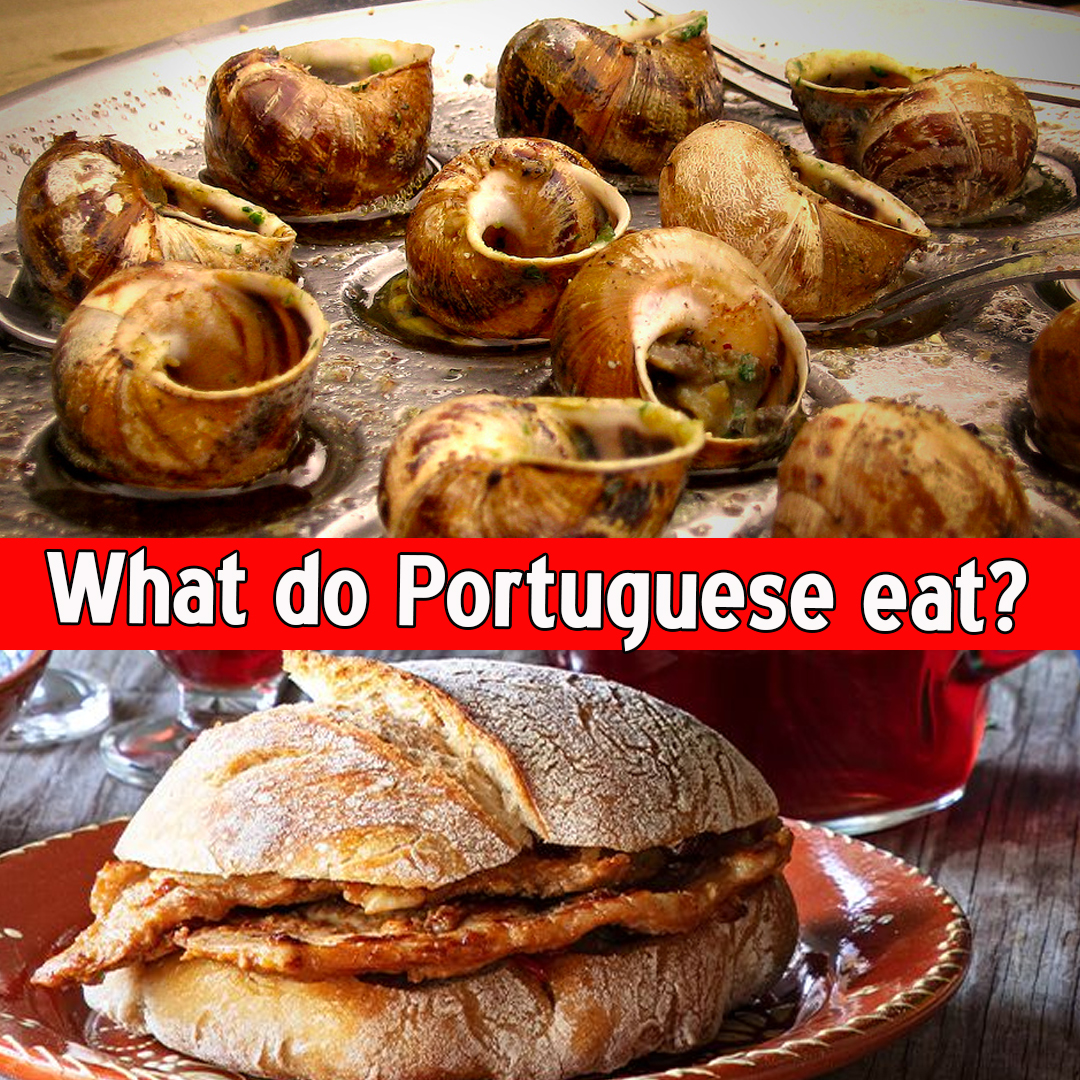


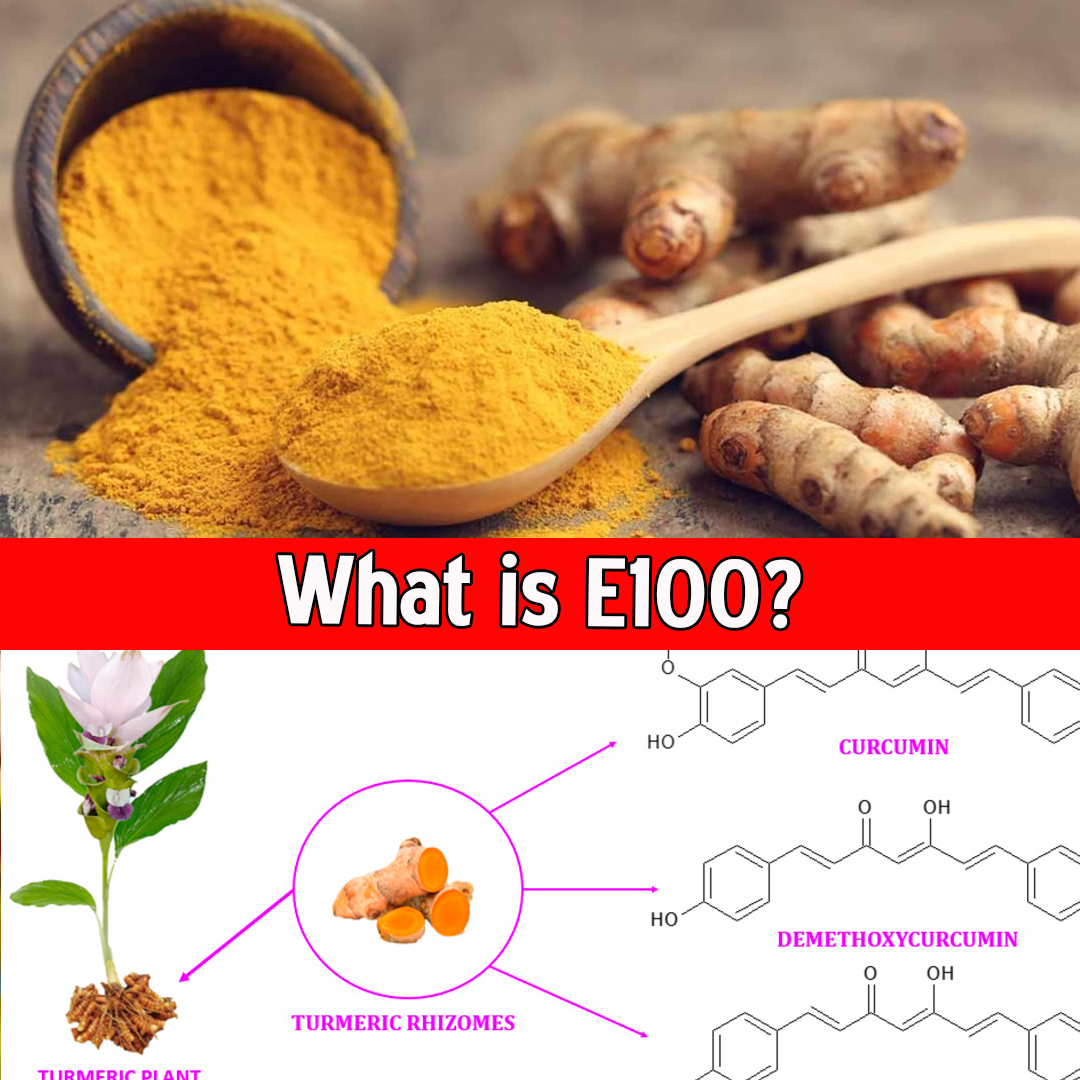

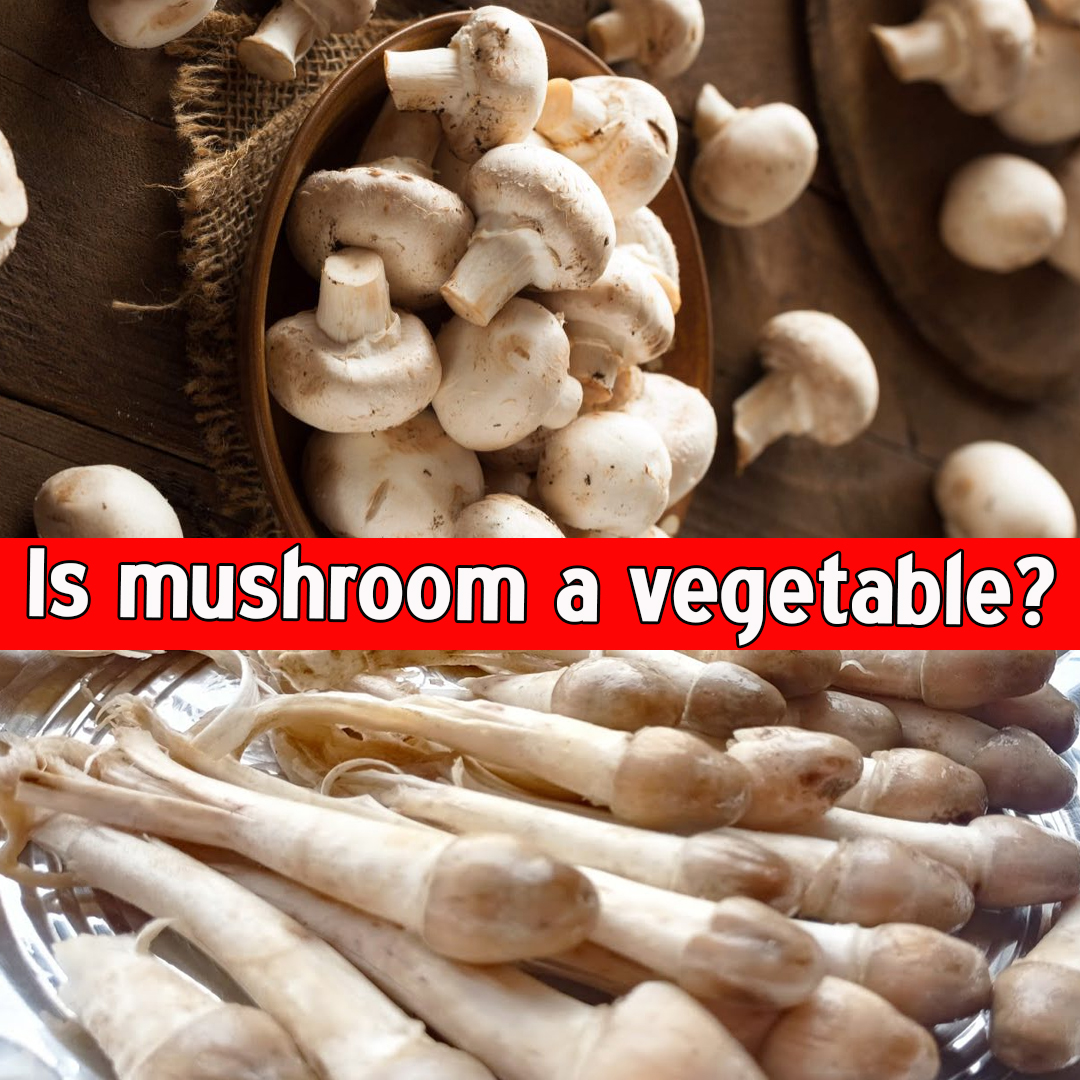
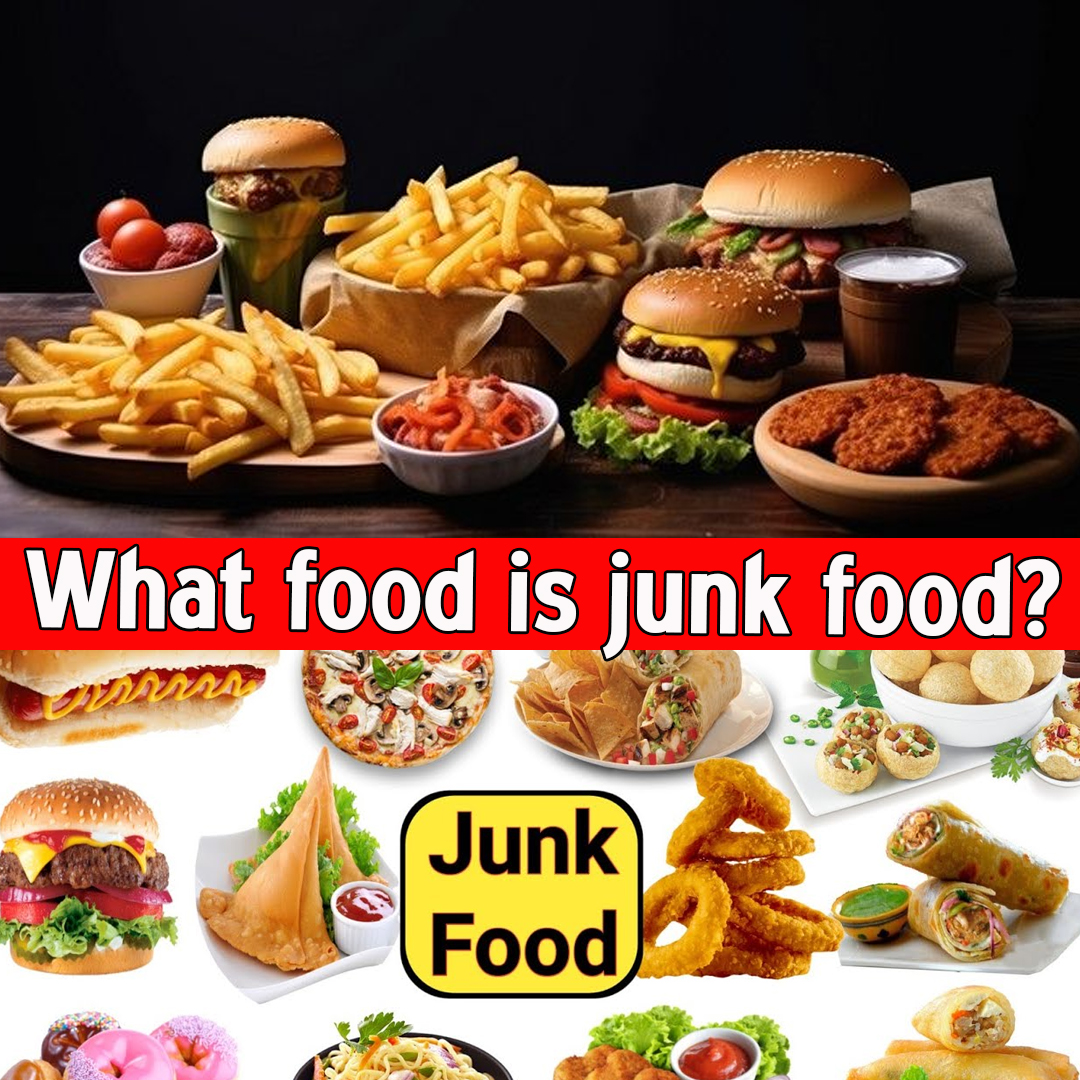

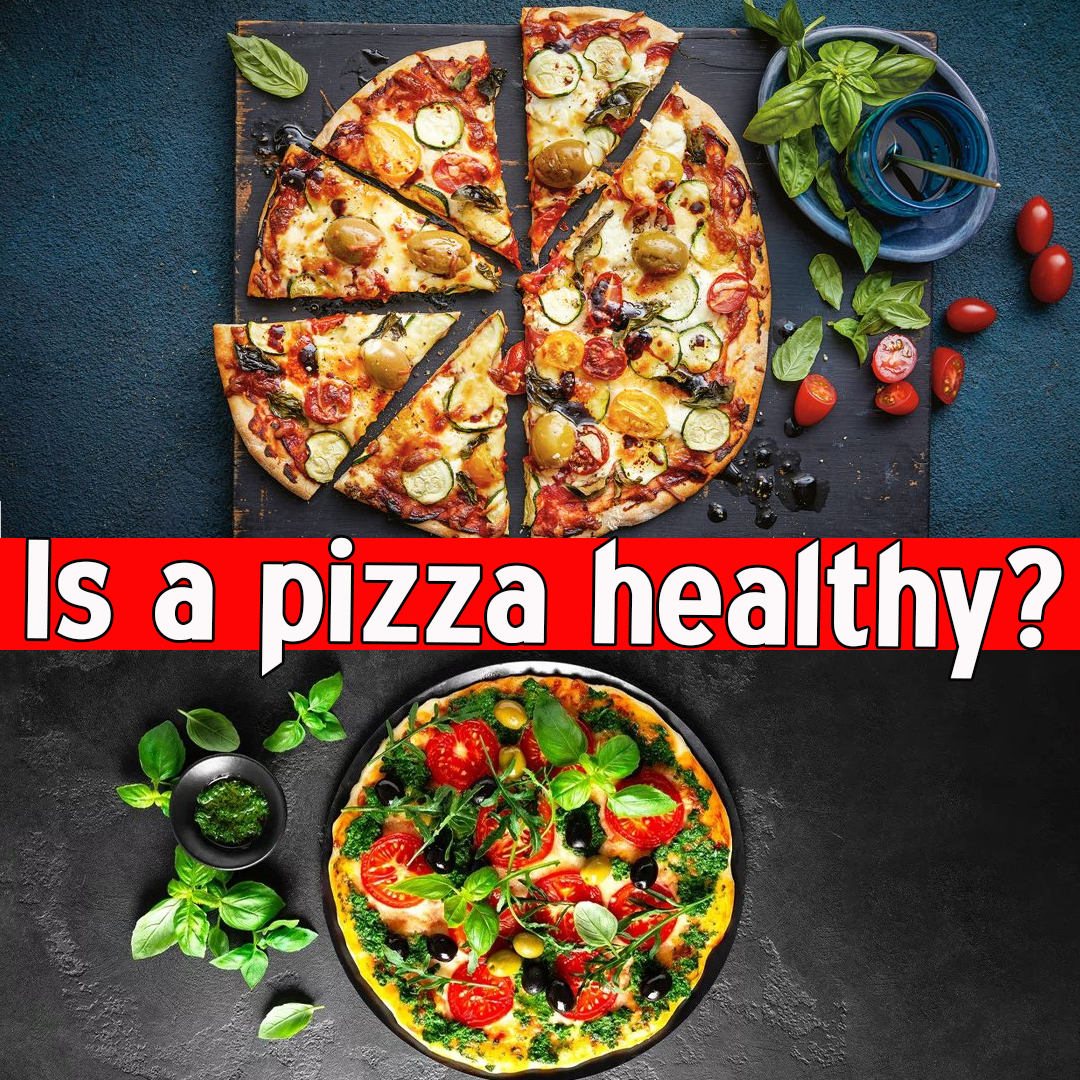


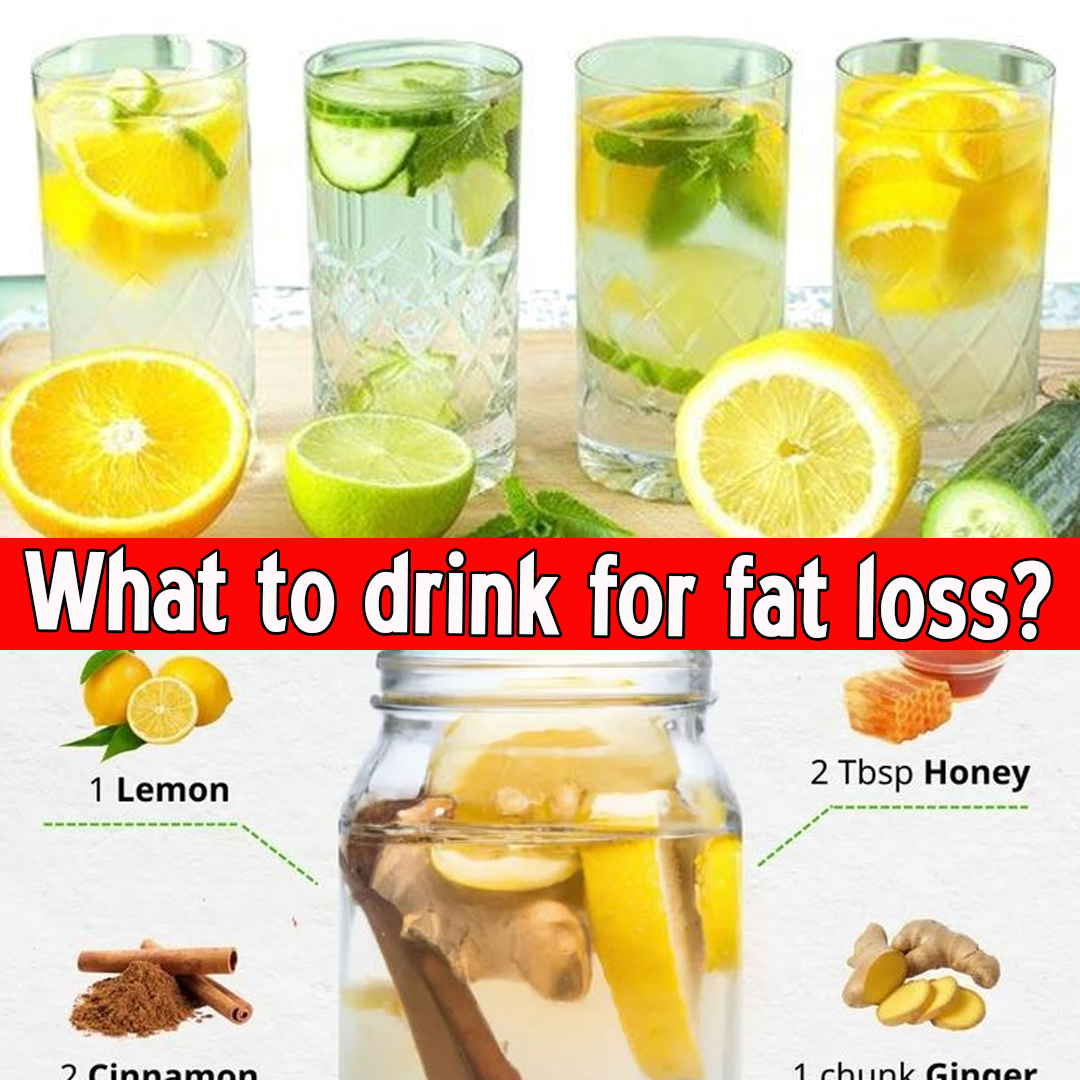
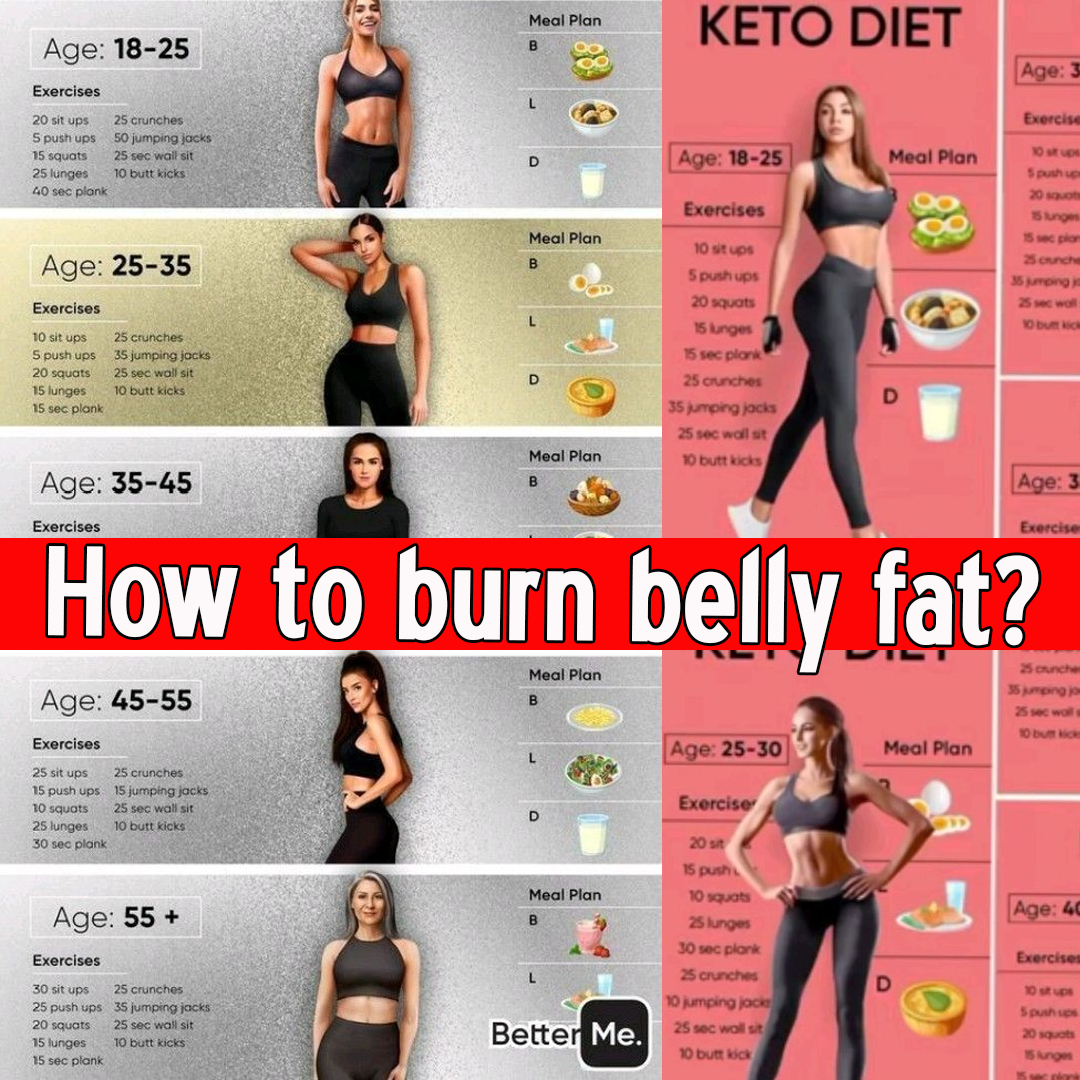

Leave a Reply